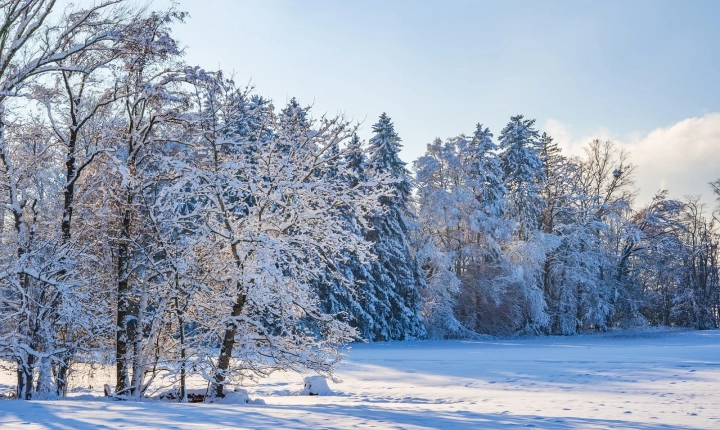Is AI the Death of Creativity?
The rise of artificial intelligence (AI) has sparked both excitement and fear across various industries, including the creative world. Many people worry that AI will eventually replace human creativity, leading to a future where artistic expression is controlled by algorithms and machines. While this concern is valid, the relationship between AI and creativity is more complex than it may seem.
First, it’s important to recognize that AI and human creativity are not mutually exclusive. In fact, AI has the potential to enhance human creativity in many ways. For example, AI-powered tools can help artists and designers to generate new ideas, automate repetitive tasks, and access vast amounts of data and resources for inspiration. This can free up human artists to focus on more complex and innovative aspects of their work.
AI can also be used as a collaborative tool, allowing humans to work alongside intelligent machines to create new and exciting artistic endeavors. By leveraging the unique capabilities of AI, creators can push the boundaries of what is possible in areas such as music, visual arts, and literature.
However, the concern about AI stifling creativity is not entirely unfounded. As AI becomes more advanced, there is a risk that some forms of creative expression could be overshadowed by algorithmically-driven content. For example, AI-generated art, music, and writing are becoming increasingly sophisticated, leading to questions about the originality and authenticity of such works.
Another challenge lies in the potential homogenization of creative outputs. If AI algorithms are primarily driven by popular trends and consumer preferences, there is a risk that the diversity and individuality of artistic expression could be compromised in favor of what is commercially viable.
Furthermore, there is a fear that the reliance on AI tools could lead to a decline in the skill and craftsmanship of human creators. If creatives become too reliant on AI-driven shortcuts and automation, there is a danger that the traditional skills and artistry that have been honed over centuries could be eroded.
It is clear that the integration of AI into the creative process brings both opportunities and challenges. As we move forward, it’s crucial to find a balance that leverages the capabilities of AI while preserving and nurturing human creativity.
One way to tackle this is through education and awareness. By empowering artists and creators with an understanding of AI and its capabilities, they can make informed decisions about how to incorporate AI into their work in a way that complements and enhances their creativity.
Another approach is to prioritize the ethical and responsible use of AI in the creative industries. This involves ensuring transparency in the use of AI-generated content, protecting the rights of human creators, and promoting the value of original, human-driven artistic expression.
In conclusion, AI has the potential to be a powerful ally for human creativity, offering new tools and possibilities for artistic expression. However, it also presents challenges that need to be carefully navigated to ensure that creativity continues to thrive in a world increasingly influenced by AI. Ultimately, the future of creativity will depend on our ability to harness the potential of AI while preserving the unique and irreplaceable essence of human creativity.
